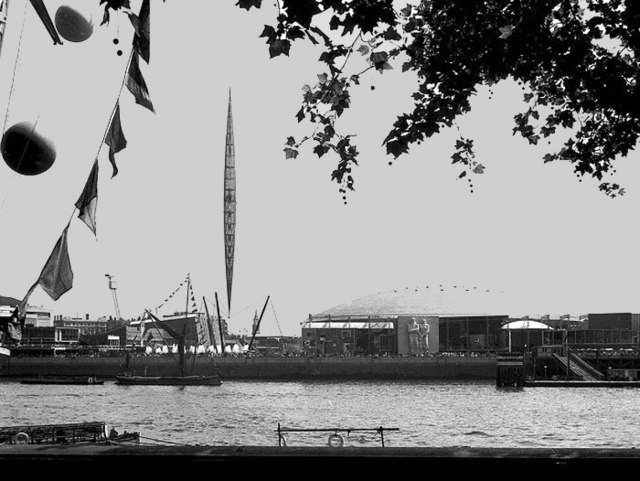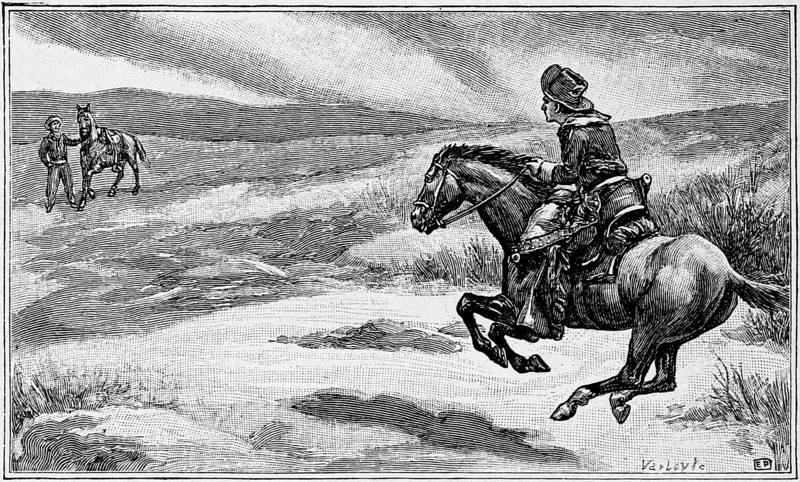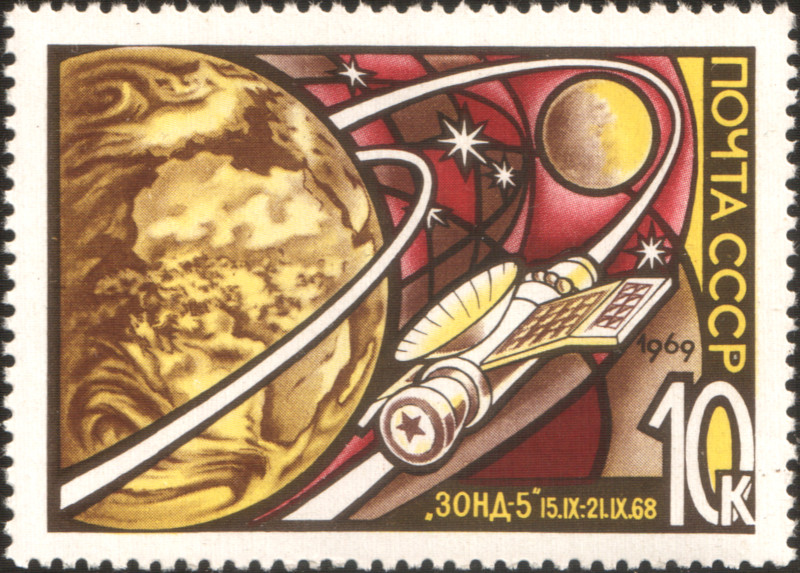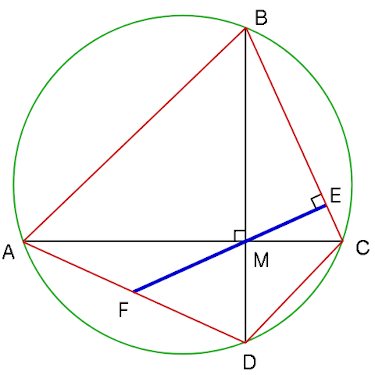- Gordian I dyed 300 Mauretanian ostriches vermilion.
- BASIPARACHROMATIN is an anagram of MARSIPOBRANCHIATA.
- 268435179 = -268 + 4(3×5 – 17) – 9
- xanthodontous means “having yellow teeth.”
- “A weed is but an unloved flower!” — Ella Wheeler Wilcox
Science & Math
Problem Solved
In 1991, botanist John L. Strother was reviewing the classification of North American sunflowers when he identified a new genus. By this time his 100-page monograph was in the final stages of proofing, and adding a new entry in the middle would require troublesome changes in the layout.
The genera were listed alphabetically, and the last one was Zexmenia. So Strother named the new genus Zyzyxia. Since this placed the new entry near the end of the article, it minimized the necessary changes, and the editor accepted the addition.
Skylon

A striking symbol of the 1951 Festival of Britain was this cigar-shaped sculpture, which seemed to float impossibly 15 meters above the ground.
Designed by Hidalgo Moya, Philip Powell, and Felix Samuely, the structure relied on the principle of tensegrity: The base rested at the junction of three tensioned cables, and three further cables held the body vertical. Together, these six well-positioned supports were enough to keep the 80-meter sculpture from toppling.
Britons joked that, like the national economy at the time, it had “no visible means of support.”
Fieldwork
On Oct. 24 [1947] two University of Chicago students rattled into Reno., Nev. in a Model-A Ford to try the gambling. Their total resources: $100. Wasting no time, they went to the Palace Club, where they studiously made a chart of the recurrence of numbers on the roulette wheel. Then they went into action. Playing number 9, which their records indicated as the best possibility, they parlayed their $100 into $5,000 in 40 hours. At this point the manager became uneasy, switched the wheel. So the students moved on to Harold’s Club.
There they used the same system. Sure enough, their $5,000 rose to $14,500. But then, unaccountably, their system went sour. They dropped from $14,500 to $10,000 and kept going down. That was when the young theoreticians made the smartest move of all. They pocketed their winnings, packed up the Model-A and went home, ahead by $6,500.
(The students were Albert Hibbs and Roy Walford. Accounts vary as to their total takings; Hibbs claimed $12,000 on You Bet Your Life in 1959. They spent a year sailing around the Caribbean and then returned to their studies. Hibbs went on to become a JPL physicist and Walford a UCLA pathologist.)
Podcast Episode 351: Notes and Queries

In this week’s episode of the Futility Closet podcast we’ll explore some curiosities and unanswered questions from Greg’s research, including a novelist’s ashes, some bathing fairies, the mists of Dartmoor, and a ballooning leopard.
We’ll also revisit the Somerton man and puzzle over an armed traveler.
Ventriloquism

On September 19, 1968, as the Soviet Union’s Zond 5 spacecraft was circling the moon, Jodrell Bank Observatory and the CIA were shocked to intercept the voices of cosmonauts Valery Bykovsky, Vitaly Sevastyanov and Pavel Popovich reading out telemetry and computer data and even discussing the prospect of a landing. The Zond mission had been thought to be uncrewed; now it sounded as though the Soviets might beat the United States to a moon landing. Apollo 17 astronaut Eugene Cernan said that the incident “shocked the hell out of us.”
It was a hoax. Popovich recalled later, “When we realized we would never make it to the moon, we decided to engage in a little bit of hooliganism. We asked our engineers to link the on-the-probe receiver to the transmitter with a jumper wire. Moon flight missions were then controlled from a command centre in Yevpatoria, in the Crimea. When the probe was on its path round the Moon, I was at the center. So I took the mike and said: ‘The flight is proceeding according to normal; we’re approaching the surface …’ Seconds later my report — as if from outer space — was received on Earth, including [by] the Americans. The U.S. space advisor Frank Borman got a phone call from President [Johnson], who asked: ‘Why is Popovich reporting from the moon?’ My joke caused real turmoil.
“In about a month’s time. Frank came to the USSR, and I was instructed to meet him at the airport. Hardly had he walked out of his plane when he shook his fist at me and said: ‘Hey, you, space hooligan!'”
Math Notes
Brahmagupta’s Theorem

If a quadrilateral’s vertices lie on a common circle and if its diagonals are perpendicular, then a perpendicular to one side that passes through the intersection of the diagonals will bisect the opposite side.
Choice Blindness
In a 2005 experiment, psychologist Petter Johansson and his colleagues presented each subject with two photographs of women’s faces and asked which they found more attractive. In each case the experimenter then presented the “chosen” photograph and asked the subject to explain their choice. But in fact, using sleight of hand, the experimenter had exchanged the photos and was presenting the one that the subject hadn’t picked.
Only 13 percent of the subjects noticed the change; the rest went on to confabulate an explanation justifying a choice they hadn’t made. And yet, in post-test interviews, 84 percent of the subjects said that they would have detected such a switch if one had been made.
A subsequent experiment involving supermarket taste tests of jam showed the same effect: Subjects indicated an initial preference and then (after the samples had been surreptitiously swapped) failed to recognize that they were now tasting the rejected variety and went on to justify that choice.
Johansson and his colleagues called this choice blindness. “We do not doubt that humans can form very specific and detailed prior intentions,” they wrote, “but as the phenomenon of choice blindness demonstrates, this is not something that should be taken for granted in everyday decision tasks.”
(Petter Johansson et al., “Failure to Detect Mismatches Between Intention and Outcome in a Simple Decision Task,” Science 310:5745 [Oct. 7, 2005], 116-119.) (Thanks, Colin.)
Fredkin’s Paradox
The more similar two options are, the more difficult it is to decide between them, and the less consequential the decision becomes. A rational decider might find herself spending the most time on the least important decisions.
Philosopher Edward Fredkin writes, “The more equally attractive two alternatives seem, the harder it can be to choose between them — no matter that, to the same degree, the choice can only matter less.”
To avoid this, the decider might resolve to apportion her decision-making time by the importance of the decision. But this requires assessing the importance of every decision, which requires evaluating the means she’s using to make those assessments, and so on.
Psychologist Gary Klein writes, “[[I]f I want to optimize, I must also determine the effort it will take me to optimize; however, the subtask of determining this effort will itself take effort, and so forth into the tangle that self-referential activities create.”
